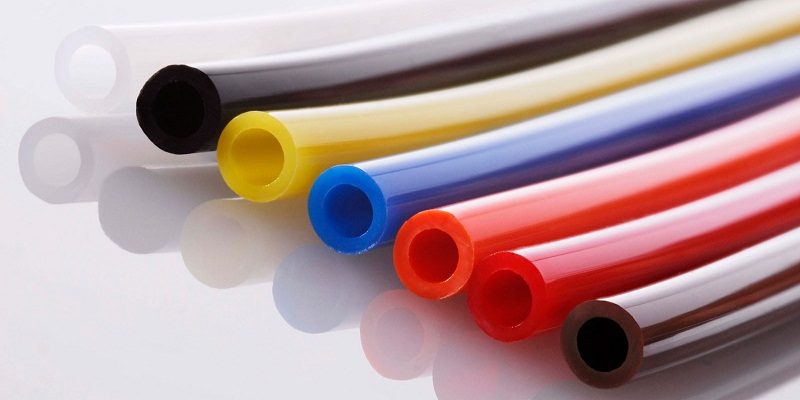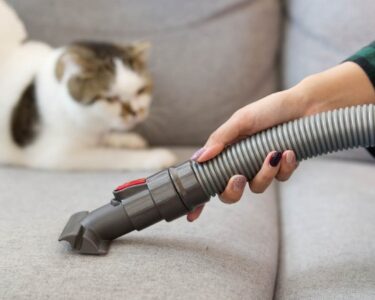When you want to use polyurethane, it is not necessary to cover the interior of a brick exterior before applying the polyurethane. In fact, it is preferable not to cover it. From the point of view of insulation, this coating layer hardly influences.
Many people think that polyurethane foam suffers from some kind of degradation due to weathering, but it is not true. The rigid polyurethane foam applied in-situ by projection has an excellent behavior against the atmospheric agents such as water, extreme temperatures and wind. It is only attacked by prolonged exposure to the ultraviolet radiation in direct sunlight.
Polyurethane is an inert material that requires no maintenance of any kind. It is resistant to the attack of chemical agents, it does not degrade by moisture, it does not favor the proliferation of fungi or other organisms, and it has a great adhesion to the substrate. Since it degrades by ultraviolet radiation, this is why polyurethane has to be applied inside the air chambers being adequately protected. There are many advantages of using polyurethanes and a few of them are mentioned below.
- The polyurethanes products are ready to be used of a single compound to which it is not necessary to add additives nor solvents for their use.
- They allow water tightness without damaging their chemical structure.
- They cure by reaction with the humidity of the air in times of 3 to 8 hours depending on the environmental conditions of humidity and are especially useful when the waterproof surfaces have irregular forms, domes, downpipes, etc. where it is easy to accede with brush or small rollers, but it is very difficult to arrive with overlapping fabrics by the difficult cuts and unions that would have to be done in cases of using these products.
- Polyurethane is a flexible elastomeric product that maintains its heir elastic characteristics over time and works permanently by stretching and returning to the original length when concrete slabs contract and/or dilate by effects of the ambient temperature changes. Polyurethanes are also not affected by being subjected to low or high temperatures.
- Polyurethanes of aromatic origin are sensitive to UV energy when they are subjected to direct sun exposure, color slowly degrading and gradually lose physical properties, so it is recommended to protect them with inorganic materials such as gravels or silica or giving them a protective layer with polymers that are not sensitive to UV radiation.
It is a fact that with the use of polyurethane as thermal insulation, you have a real economic benefit. The energy costs related to the use of heating and air conditioning can be reduced by up to 40% and the thermal comfort of a building can increase the quality of life of families or users.
Due to the low thermal conductivity of the rigid polyurethane foam, its lightness with typical density of 32 to 45 kg/m3 and structural strength, cost and processability among other characteristics it is one of the materials most used as commercial thermal insulation. The more developed countries such as China are investing the large sums of money in standardization, specification and construction of buildings that integrate this material as thermal insulation.
In addition, this insulation has been used as the material par excellence for several years in the domestic and commercial refrigeration industry where the energy efficiency standards of the equipment are the most stringent.
The rigid polyurethane foam for thermal insulation has the versatility of being able to be applied to existing constructions by means of plates as well as to new constructions. In some areas with extreme weather, for example, the application of 1.5 inches of polyurethane in the roof can benefit in a typical decrease between 2° C and 5° C of the interior temperature of the house with respect to the outside in hot season. While in cold weather, it can help keep the interior temperature of the home between 2° C and 5° C above the room temperature. It also helps to provide a wraparound covering that efficiently seals the infiltration of moisture and air.
Polyurethane is also used in equipment such as reservoir water heaters including electric, gas, and solar to keep the temperature of the tanks warm for a longer time and it also allows for considerable savings in gas or electricity consumption, compared to the equipment with only fiberglass insulation, which has a lower energy efficiency. To the extent that governments increase energy regulations as well as our knowledge of the benefits of these materials, we can consolidate significant savings in our economy, increase the comfort of our homes and contribute to the sustainability of our environment by reducing CO2 emissions. A polish coat on wood polyurethane is also very helpful in keeping the wood protected.






